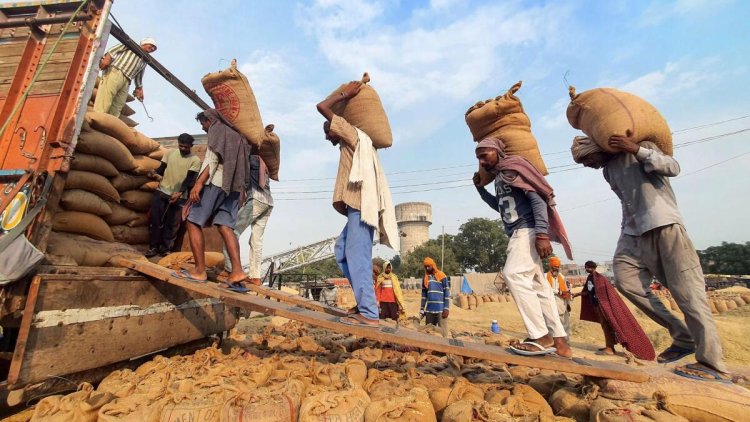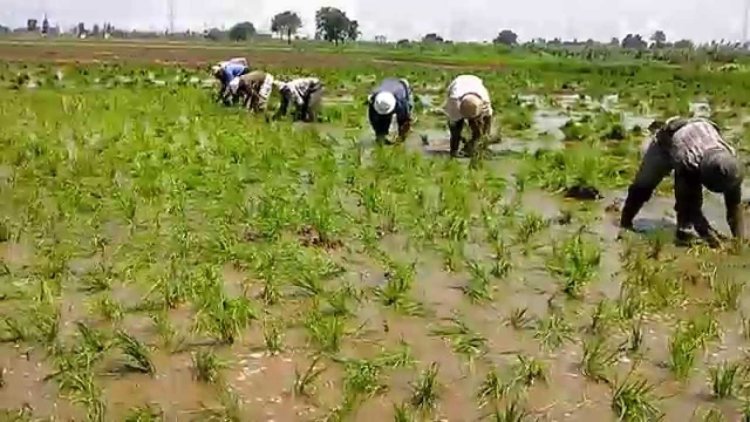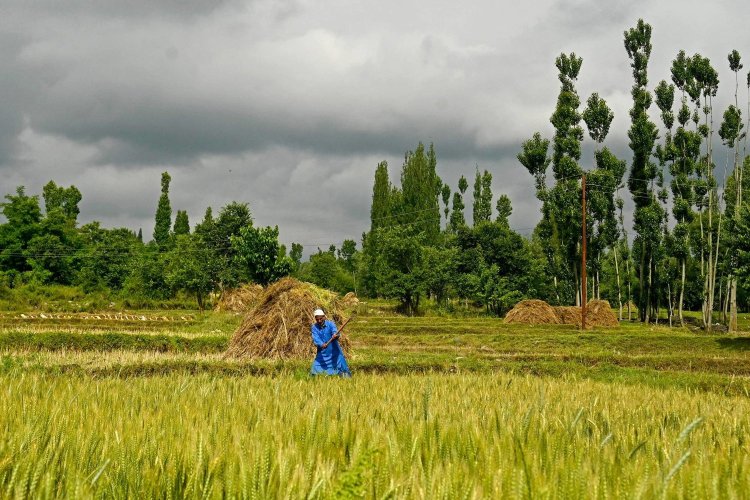How does the Indian export ban on rice lead to a global food crisis?

The rice crop in Asia was affected by the harsh temperatures during the past weeks, which prompted the largest producers of the strategic food commodity to prevent exports in order to preserve the needs of the local market.
Rice prices in Asia jumped to their highest levels since 2008 due to growing concerns among the largest producing countries, India, Thailand and Vietnam, about global supplies of basic food, in light of the threat of dry weather production in Thailand, as well as India's ban on some exports.

The global price of rice has risen
According to data from Bloomberg News Agency, today, Wednesday, August 9, 2023, the price of Thai broken white rice increased 5%, which is an Asian standard, jumped to $ 648 a ton, according to data from the Thai Rice Exporters Association, and with this rise, the price increase reaches nearly 50%. % over the past year.
Rice is a vital staple in the diets of billions of people in Asia, Africa, Europe and America, and rising prices could lead to increased inflationary pressures, higher import bills for buyers, and pressure on inflation and central banks around the world.
Banning the Indian export of rice
Fears of a global shortage of rice exports began to emerge when India banned the export of non-basmati white rice on July 20, 2023, in an effort to limit the rise in domestic prices, after heavy rains caused damage to crops in the country, and rice prices rose by more than 11%.
India is the largest exporter of rice in the world, and the Asian country contributes to more than 40% of global shipments, and non-basmati rice is exported to countries in Asia and Africa, according to tasty live.

Allowing the export of basmati rice
The Ministry of Consumer Affairs in India said, during its announcement to stop exporting rice, that the non-basmati white rice crop currently represents about a quarter of India's rice exports.
The government said, "Farmers will be able to export other types of rice, including long-grain basmati, which guarantees them benefit from attractive prices in the global market." However, the state will study requests to allow exports to other countries, based on food security needs.
Fears of the Thai market
Thailand, the world's second largest exporter of rice, which together with Vietnam accounts for 27% of global exports, urged farmers to reduce rice cultivation to save water, after small amounts of rain, in a step that represents a new threat to global rice supplies, after India banned the export of some types of rice.
Thailand will witness less rain, while it is preparing for a possible drought next year in light of the escalating repercussions of the Nino climate phenomenon.
Rice in the Arab region
In the Arab region, the UAE has temporarily suspended the export and re-export of rice, whose origin is imported India, outside the country for a period of 4 months, starting from Friday, July 28, 2023, to ensure that sufficient supplies are maintained in the local market.
In Egypt, rice prices continue to decline, and the price per ton starts at 19,000 pounds for broad-grain rice, which is suitable for local consumption.
According to the same sources, the rice harvest season begins in Egypt on August 15 of each year. Egypt produces 4 million tons of rice annually, and the domestic consumption is 3.2 million tons.


 Shrouq
Shrouq 












